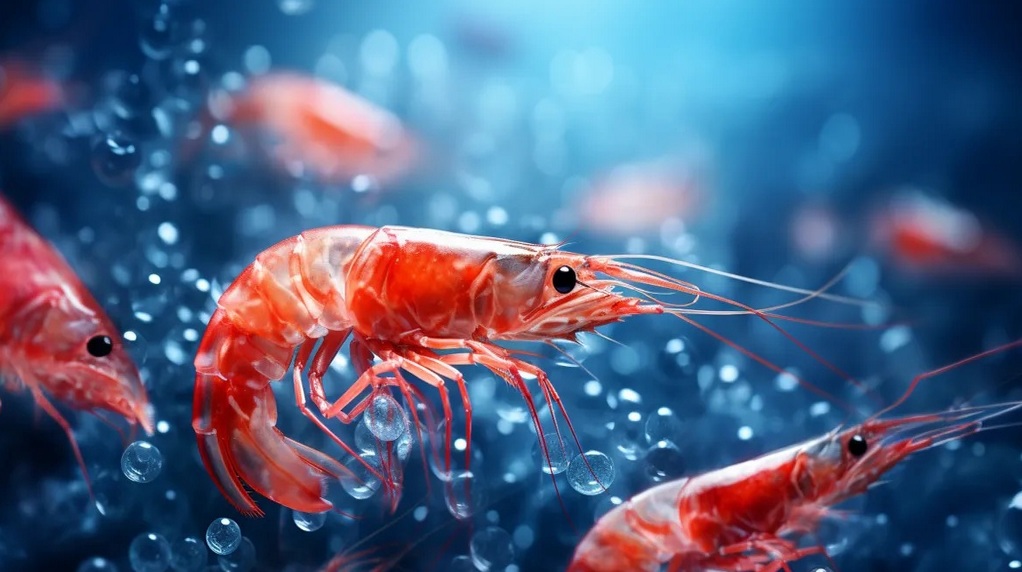Since 2020, the Heterogeneous Catalysis & Sustainable Chemistry group at the UvA’s Van‘t Hoff Institute for Molecular Sciences has been working on using alkali metal borohydride salts as future hydrogen carriers. These solid salts can be stored safely in air under ambient conditions and release hydrogen gas only when reacting with water. However, controlling the hydrogen release, and thus preventing runaway reactions, is challenging. One solution is to stabilise the solution with a base, and control the hydrogen release by using a catalyst. The UvA team, led by Prof. Gadi Rothenberg, is developing such catalysts in collaboration with the Austrian Competence Centre for Tribology (AC2T) and the company Electriq Global.
Finding potential catalysts is easy, but getting them to work long enough to be commercially viable is not. The combination of high reaction pH and a continuous release of hydrogen bubbles destroys traditional catalysts within a few days. For instance, the team succeeded in designing highly active and selective cobalt-containing catalyst particles. The high activity, however, results in high volumes of hydrogen that rapidly destroy the particles.
The breakthrough came during a so-called Friday Afternoon experiment when MSc student Jeffrey Jonk and PhD student Fran Pope decided to try and encapsulate cobalt particles in chitosan spheres. Chitosan is a natural polymer that can be produced from chitin, the main component of insect exoskeletons and crustacean shells. It is a biodegradable, biocompatible material that is widely available on multi-ton scale, produced mostly from shrimp and crab shell waste.
The recurring amine groups on the chitosan backbone make it highly soluble in aqueous acidic solutions but sparingly soluble in basic ones. Chitosan spheres can therefore be relatively easy produced by dropping the liquid chitosan into a basic solution. A crucial property of the chitosan spheres is their flexibility which enables them to expand during the generation of hydrogen. They can thus “breathe out” the hydrogen bubbles without breaking. And since they are made at high pH, the basicity of the borohydride solution poses no problem.
The team tested the new catalysts in batch and continuous modes, monitoring the reactions by measuring the flow of hydrogen generated. A few mm-sized spheres loaded with 7% cobalt were sufficient to generate 40 mL hydrogen per minute in a continuous reactor for two days, showing the real-life potential of this new catalyst.
Hydrogen may be energy carrier of the future, but it comes with its own set of challenges. When stored as a compressed gas or in liquid form, molecular hydrogen, H2, is highly energy intensive. This is an advantage in some applications, but a safety concern in others. For medium-scale storage and release on mobile installations, such as cranes, ships and generators, other modes of storing hydrogen are preferable. There are many forms of hydrogen carriers. High hydrogen storage capacity examples include ammonia, methanol, formic acid and others. Yet each has its pros and cons. Methanol has a high capacity (12.5 wt%) but dehydrogenation requires high temperatures and may also emit CO2. Ammonia may contaminate the H2 streams generated, and is a toxic gas itself under ambient conditions. As an alternative, alkali borohydrides can provide a safe source of hydrogen, binding it chemically as a solid salt. A react
ion with water releases the hydrogen, and the resulting metaborate salt by-product can be reprocessed and repurposed for hydrogen storage.
Tags: Catalyst, Hydrogen, Shrimp waste

Recent Posts
Chapman Freeborn OBC to reduce carbon emissions
OTG develops programme on ammonia fuel safety
Holland America’s cruise ship begins biofuel test
DNV releases April figures for Alternative Fuels Insight (AFI) platform
EPA approves 20% blend of renewable gasoline
India gets major push with first multi-purpose Green Hydrogen project
Carbon Clean starts CCS module construction
All American delivers hydrofoil-assisted tour vessel